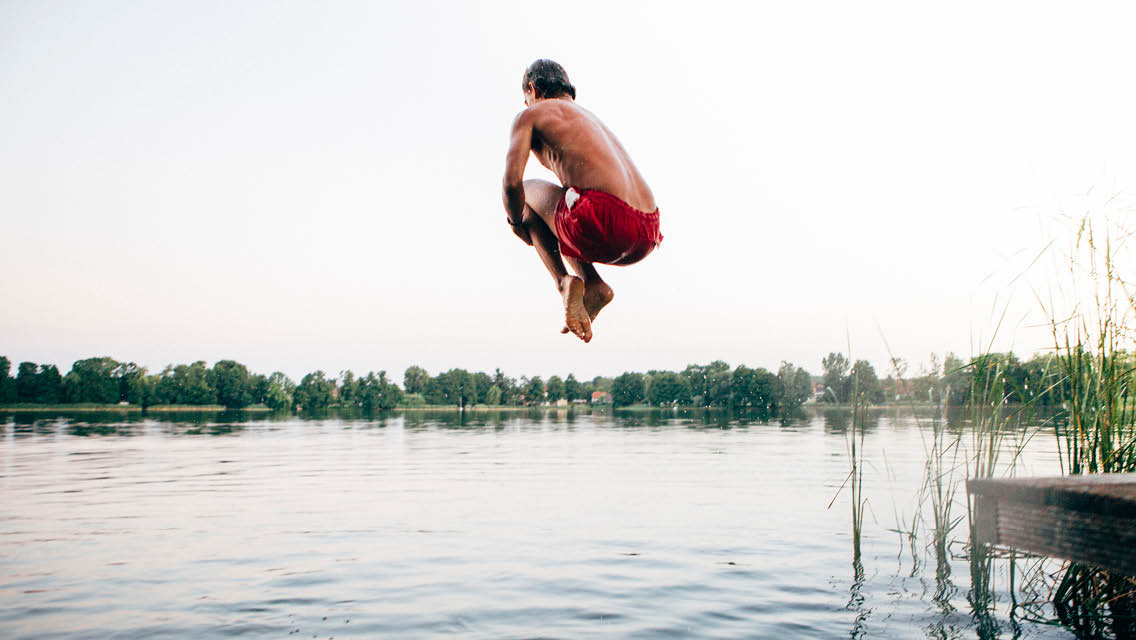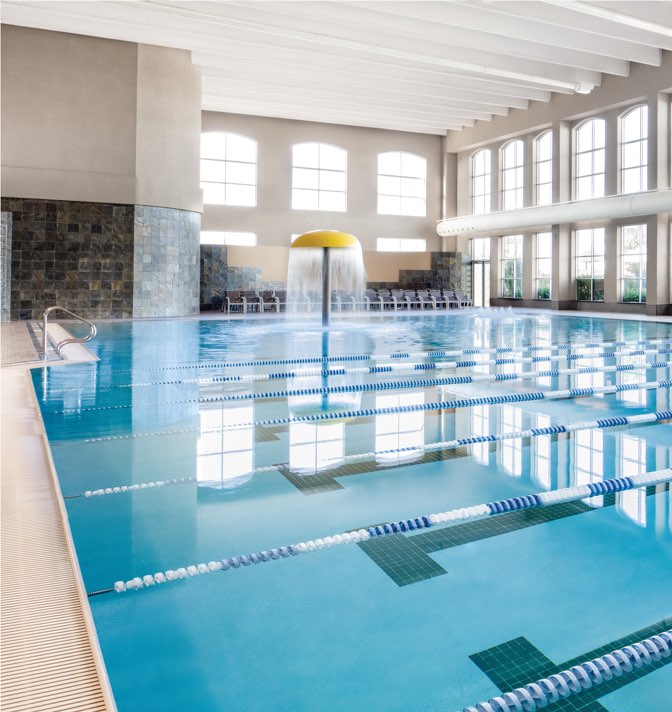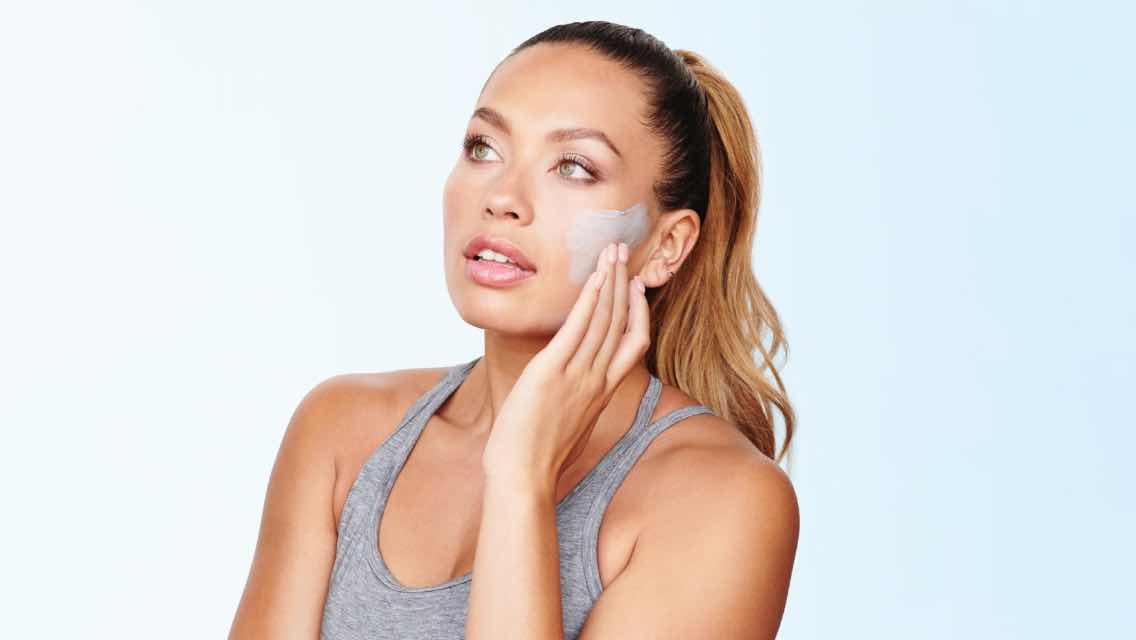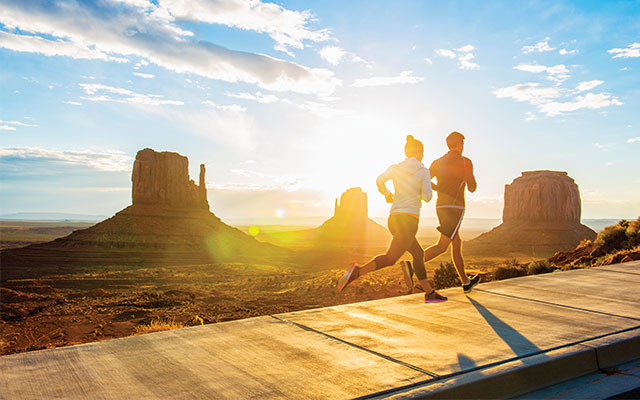Explore this article:
Keeping Yourself Cool ⋅ Keeping Your Home Cool ⋅ Keeping Cool While Out and About
It’s warm outside — and it’s only getting warmer. As climate change sends temperatures rising across the planet, regions that once experienced mild summers are now subject to extreme heat waves. Homes and other buildings in these areas were not designed to shield their inhabitants from sweltering weather, which can be deadly.
Even in places where hot summers are the norm, residents often struggle against smoldering temps.
So, how do we keep cool? Sure, we can blast the AC — if we have it — but that’s not great for our energy bill, the planet, or our own well-being (who wants to stay inside all summer?).
Instead, let’s look to these easy, Earth-friendly ways to cool down when temperatures rise.
Keeping Yourself Cool
Your body is designed to self-regulate its temperature. Your skin, sweat glands, and blood vessels are part of an intricate heating and cooling system that constantly adjusts to its internal and external environments. But in extreme weather, this thermoregulation system may need a boost. The following strategies can help.
- Eat right. Metabolizing food generates heat. The more you eat, the more heat. So, keep cooler by consuming smaller portions when temperatures rise. Limit calorie-dense foods, such as ice cream (we know — just keep it to a single scoop), which require extra effort to digest. Instead, reach for energy-efficient digestibles containing plenty of water, such as veggies and fruits.
- Stay hydrated. Sip water throughout the day — don’t wait until you’re thirsty, warns the Centers for Disease Control and Prevention (CDC). Limit caffeine, which can raise body temps. And avoid energy drinks that contain “much more caffeine than standard servings of coffee, tea, or soft drinks,” the CDC notes. Finally, watch the booze: Alcohol dehydrates and also triggers blood vessels to expand and warm the skin.
- Bring on the sweat. It may seem counterintuitive, but foods and beverages that warm the body, such as hot tea or spicy fare, can actually boost thermoregulation on a hot day by causing you to sweat — provided you’re in a dry locale where your sweat can evaporate. Opt for minimal clothing to allow the sweat to evaporate more quickly.
- Soothe your skin. Your skin is a crucial element of your thermoregulation system, so you need to be strategic with cooling and warming tactics. For immediate heat relief, soothe skin by misting it with cool water or applying an aloe vera compress. You can also place your feet in a cold foot bath while you relax; add a few drops of peppermint essential oil for an added cooling effect.
- If you take a shower or bath before bed to help with sleep, it’s best to opt for warm rather than cool water. Mimicking the sweat mechanism, warm water evaporates once you emerge from the shower or bath, cooling the blood vessels near your skin. Do this about an hour before hitting the hay: It takes time for the cooling to occur.
Keeping Your Home Cool
Blasting the AC may feel great during heat waves, but it’s neither financially nor environmentally friendly. Passive cooling techniques, which incorporate building design and materials to regulate heat, require a bit of forethought but can dramatically reduce interior temperatures with little cost to you or Planet Earth, notes University of Oregon assistant professor of environmental design Alexandra Rempel, MArch, PhD, in a 2022 report published in Applied Energy.
- Shade strategically. Light-colored cellular shades block heat and light more effectively than curtains do, especially when installed along tracks on the sides of window frames. Pull down the shades when sunlight hits the window — even before the day heats up — but let your windows “breathe” at night, advises Rempel. This allows the glass to radiate trapped heat outward.
- Enhance ventilation. Well-controlled shading and ventilation can reduce air-conditioning loads by up to 70 percent in some climates and seasons, Rempel’s team notes. Opening multiple windows creates cooling cross-drafts, but only when it’s cooler outside. Close the windows as temperatures rise and let a box fan take over: It can circulate the cool air you’ve already introduced into the house with minimal energy use. If you have rooms you don’t use during the day, shut their doors — then vent the warm air out at night.
- Cross-ventilate at night. Draw cool night air through your house by opening windows, and pull warm air outside by placing a box fan in one window as an exhaust.
- Limit your use of appliances and electronics. Many of our most-used appliances and electronics — dishwashers, ovens, refrigerators, overhead lighting, computers, televisions, and gaming systems — generate heat while running. Limit your use when possible: Wash dishes by hand, rely on natural light during the day, and opt for meals that don’t require heating (if need be, choose the microwave instead of the stove). Minimize how often you open the refrigerator door and watch TV only in the evenings, when temperatures drop.
- Landscape for shade. Shade-bearing trees and shrubs planted on the west and southwest sides of your house can help keep heat and sunlight at bay. “The shade of a large tree can reduce the temperature up to 10 degrees, and these effects can be felt inside a house as well,” says Lynn Steiner, author of Grow Native. “Studies show that a few well-placed shade trees can reduce cooling costs by as much as 35 percent.” (For more tree-planting advice from Steiner, see “How to Plant a Tree.”)
Keeping Cool While Out and About
Summer days are meant to be filled with picnics, strolls, and swimming — not heat exhaustion. You can embrace the outdoors even when temperatures rise by being mindful of timing, clothing, and your body’s own signals.
- Timing is everything. The sun is strongest at noon, yet heat typically builds through the afternoon and often peaks between 3 and 5 p.m. Schedule outdoor activities, such as running or biking, either first thing in the morning or later in the evening. And pay attention to seasonal changes too: Hold off on exercising in warm weather until your body is acclimated to the heat, the Mayo Clinic advises.
- Dress for success. Light-colored clothing reflects, rather than absorbs, the sun’s rays. Loose-fitting clothing helps sweat do its work. Wide-brimmed hats serve as a personal source of shade. For a quick hit of cool, place some ice in a bandana before wrapping it around your neck or forehead.
- And don’t forget the SPF — to prevent burns and more. According to a 2019 study involving only subjects with light to moderate skin pigmentation, sunscreen may also help maintain — and actually increase — nitric oxide levels and blood flow to the skin, which helps regulate body temperature. (Here are some of our favorite nontoxic sunscreens to try.)
- Take it easy. What was an easy workout in the spring may be downright debilitating during the dog days of summer, especially when it’s humid (sweat needs to evaporate to cool the body, but humidity hinders evaporation). Watch for the warning signs of heat exhaustion — rapid heartbeat, dizziness, muscle cramps, and headache — and be sure to stay hydrated and in the shade as much as possible.
This article originally appeared as “Keep Your Cool” in the June 2023 issue of Experience Life.






This Post Has One Comment
I think that is one of the worst times to open the windows at night down here in central Texas, many times the temp might drop to a low of mid. ninety bt 10 PM! And with a South wind that will just keep it warmer! And you might want to forget about jumping into the lake down here as when the temp goes above 100 degrees for the length of time that it does down here!
I am sorry to send you this email up to you. 1just wanted to let you know some of the facts.
Harmon Graham